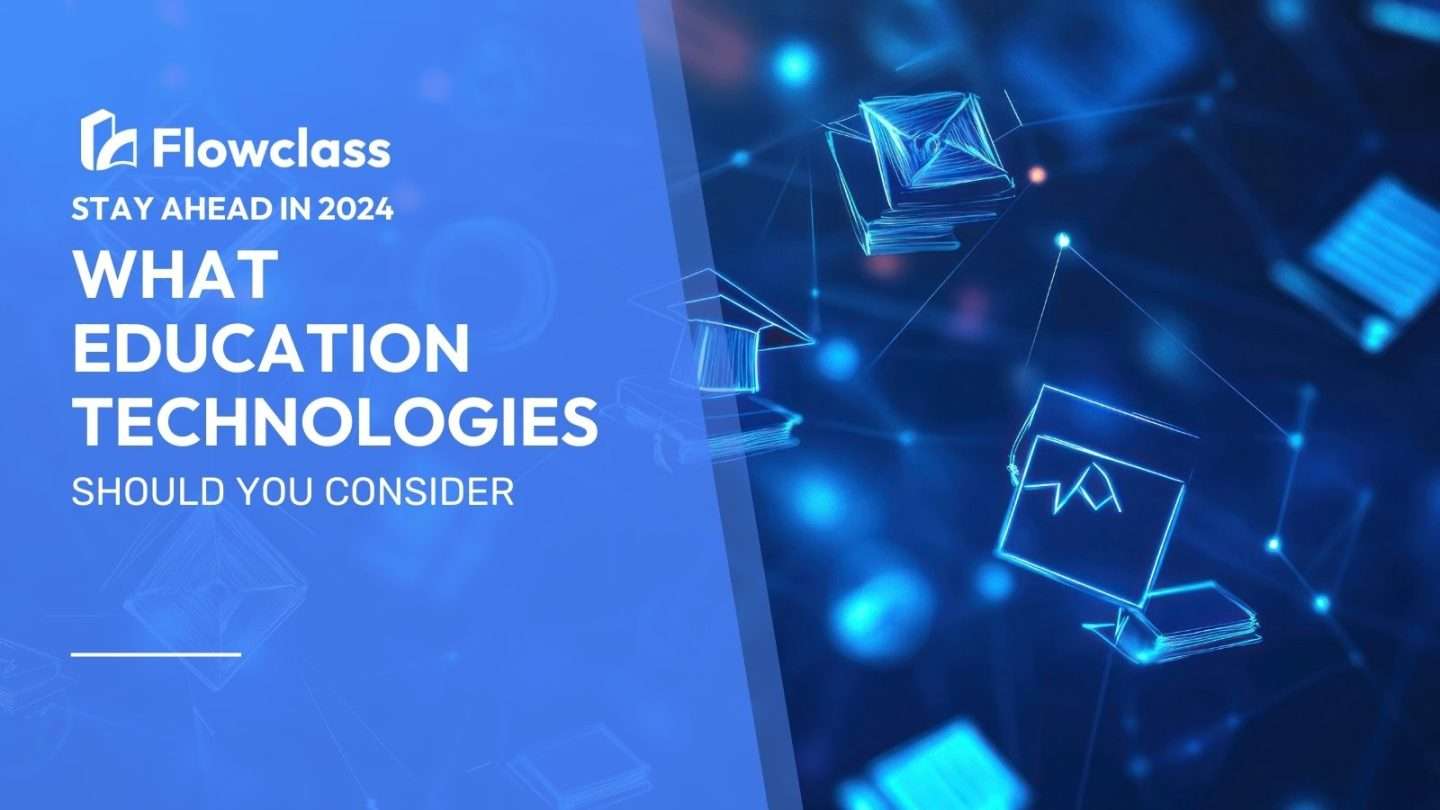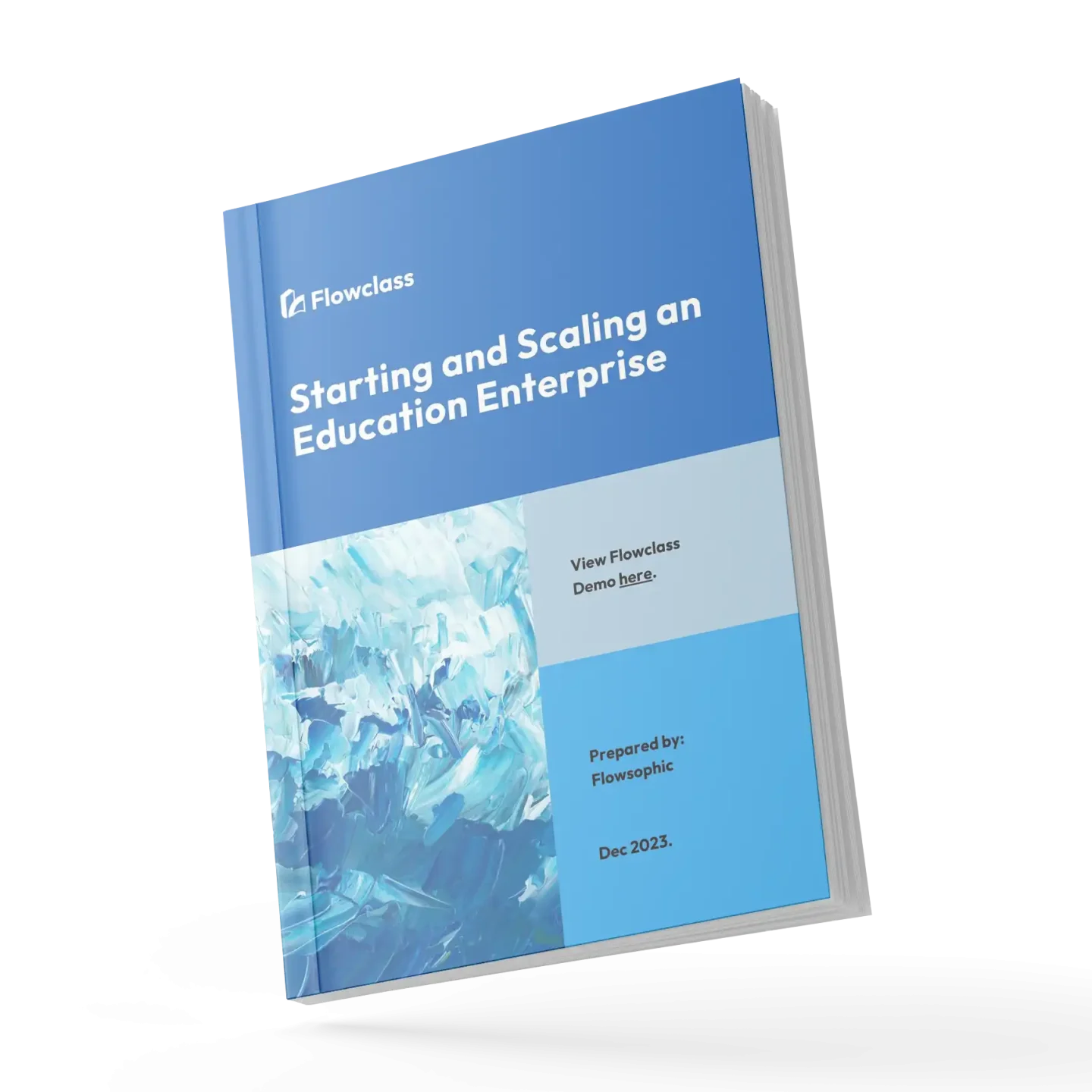As education continues to evolve, institutions are constantly seeking innovative tools and technologies to enhance the learning experience. In 2024, the landscape of education technologies is expected to be even more dynamic and transformative. From gamification to virtual reality, institutions have a wide array of options to consider.
One technology that is gaining traction is Artificial Intelligence (AI). AI-powered systems can analyze student data, personalize learning activities, and provide valuable insights for instructors. This can lead to improved student engagement and better learning outcomes. Another technology making waves is augmented reality (AR), which offers immersive and interactive experiences that can bring learning to life. AR has the potential to revolutionize how students engage with content and understand complex concepts.
Furthermore, adaptive learning platforms are becoming increasingly popular in educational institutions. These platforms use data and analytics to tailor learning experiences to individual students, allowing them to learn at their own pace and focus on areas that need improvement.
In conclusion, as we look ahead to 2024, institutions should consider embracing education technologies such as AI, AR, and adaptive learning platforms to enhance the learning experience for students. By staying at the forefront of these advancements, institutions can equip their students with the skills needed to thrive in an ever-changing world.
The Importance of Staying Up to Date with Technology in Education
In today’s fast-paced world, staying current with technological advancements is crucial for educational institutions. With rapid changes in technology, schools and universities must adapt to enhance the learning experience for students. Institutions that embrace new technologies can not only improve educational outcomes but also remain competitive in attracting students. The modern learner expects a dynamic, engaging, and interactive learning environment that reflects the digital world they inhabit. Failing to integrate current technologies may lead to disengagement and reduced interest in educational pursuits.
Moreover, the integration of technology in education provides educators with innovative tools to facilitate teaching and learning. By employing the latest tools, teachers can create more interactive and engaging curricula that cater to diverse learning styles. For example, interactive simulations and multimedia presentations can help clarify complex concepts, making them more accessible for students. Furthermore, technology can streamline administrative processes, allowing educators to focus more on instruction and student engagement rather than administrative burdens. This shift in focus can significantly enhance the quality of education.
Finally, staying updated with educational technologies can empower institutions to better prepare students for the workforce. The job market increasingly demands skills that are often honed through the use of advanced technologies. By integrating tools such as artificial intelligence, data analytics, and collaborative platforms into the curriculum, institutions can equip students with the necessary skills and experiences. This alignment with industry needs not only improves student employability but also strengthens the institution’s reputation as a forward-thinking educational provider.
Emerging Trends in Education Technology
As we look toward 2024, several emerging trends in education technology are gaining traction. One of the most notable trends is the rise of immersive learning experiences through virtual and augmented reality. These technologies allow students to engage with content in ways that traditional methods cannot. For instance, students can explore historical sites, conduct virtual science experiments, or interact with 3D models, all from the classroom. This hands-on approach fosters deeper understanding and retention of knowledge.
Another significant trend is the increasing use of artificial intelligence in education. AI systems are becoming more sophisticated, enabling institutions to offer personalized learning experiences tailored to individual student needs. By analyzing data on student performance, AI can recommend resources and activities that align with each learner’s pace and preferences. This level of customization can lead to improved engagement, motivation, and academic success, as students are able to focus on areas that require additional support.
Lastly, the focus on mental health and well-being in educational settings is becoming paramount. Technologies that promote mental wellness, such as mindfulness apps and platforms that offer social-emotional learning resources, are gaining popularity. Institutions are recognizing the importance of nurturing not only the intellectual but also the emotional growth of students. By incorporating these tools into their curricula, schools can create a more holistic educational experience that addresses the diverse needs of learners.
Artificial Intelligence and Machine Learning in Education
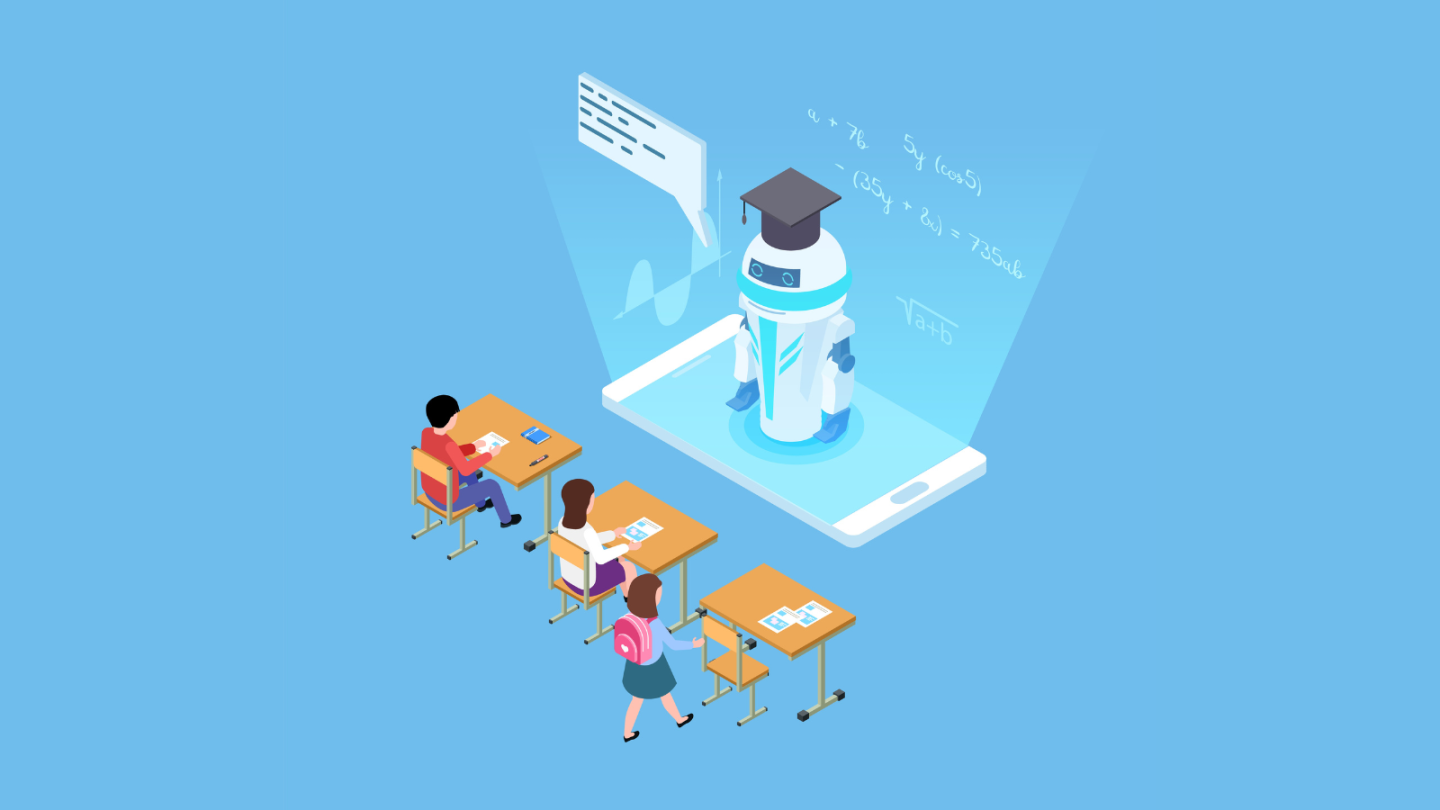
Artificial intelligence (AI) and machine learning (ML) are at the forefront of educational technology in 2024. These advancements enable institutions to harness vast amounts of data to create personalized learning experiences. AI systems can analyze student performance metrics, identifying patterns and trends that can inform teaching strategies. For instance, if a student is struggling with a particular concept, the AI can suggest targeted resources or interventions to assist them, ensuring no learner is left behind.
Furthermore, AI can automate administrative tasks, freeing up educators to focus more on teaching. Routine tasks such as grading assignments, scheduling classes, and managing attendance can be streamlined through AI-driven systems. This efficiency allows teachers to allocate more time to engage with students and enhance the learning environment. As a result, educators can provide more personalized attention and support to students, fostering a stronger teacher-student relationship.
Additionally, AI-powered chatbots are becoming valuable tools for educational institutions. These chatbots can provide instant support to students, answering queries about course material, deadlines, and administrative processes. This 24/7 availability not only enhances student satisfaction but also reduces the workload on faculty and administrative staff. By integrating AI technologies into the educational framework, institutions can create a more responsive and adaptive learning environment that meets the evolving needs of students.
Virtual and Augmented Reality in the Classroom
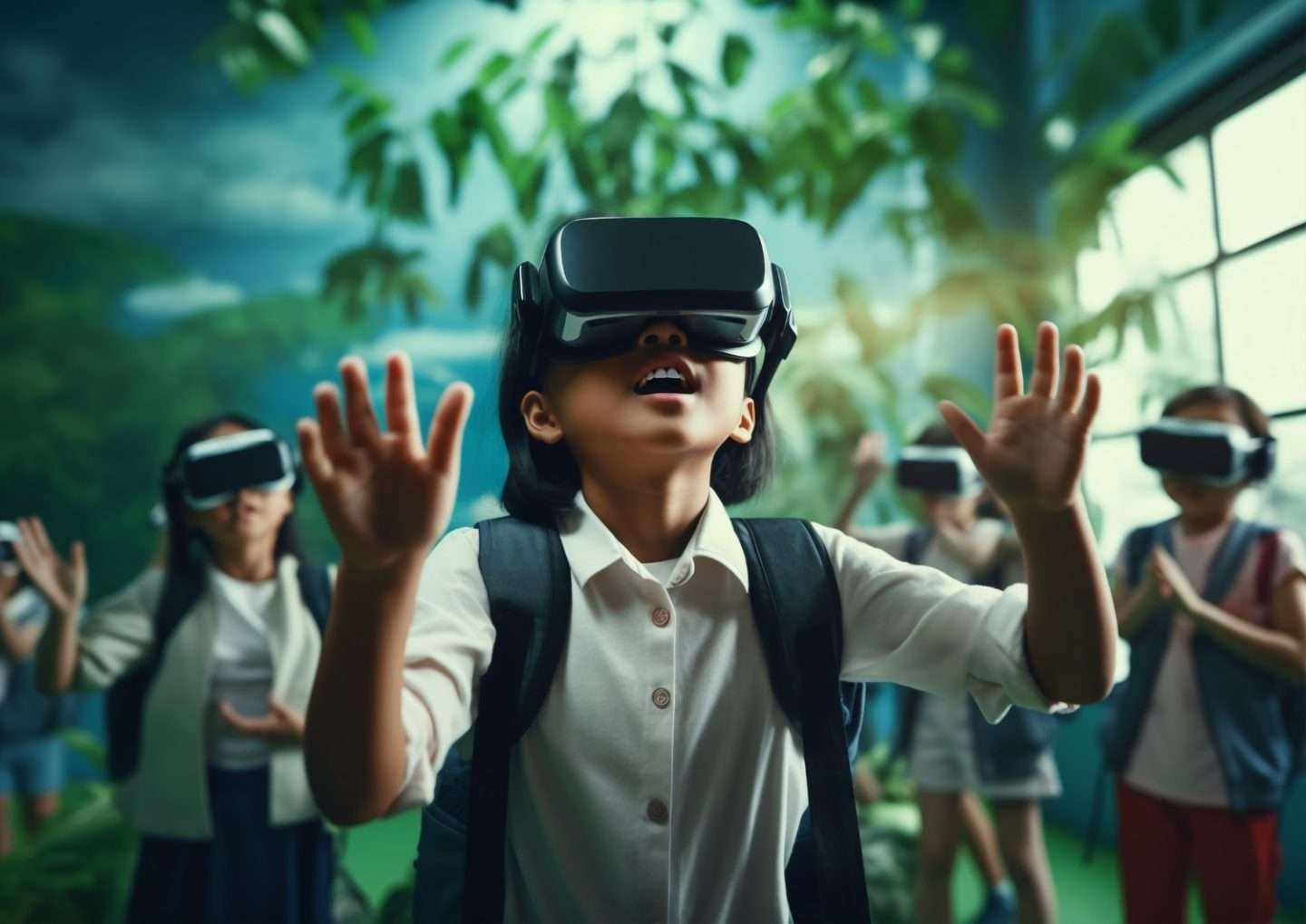
Virtual and augmented reality (VR and AR) are reshaping the educational landscape by providing immersive learning experiences that were previously unimaginable. In 2024, these technologies are expected to play a pivotal role in enhancing student engagement and understanding. VR allows students to step into virtual worlds, exploring environments and scenarios that are relevant to their studies. For example, medical students can practice surgical procedures in a risk-free virtual environment, while history students can walk through ancient civilizations.
On the other hand, AR enhances the real-world environment by overlaying digital information onto physical objects. This can bring textbooks and lessons to life, allowing students to interact with 3D models projected in their classroom. For instance, when studying the solar system, students can visualize planetary orbits and distances in a tangible way, deepening their comprehension. These interactive experiences cater to various learning styles, making education more accessible and engaging.
Moreover, the use of VR and AR in education promotes collaboration among students. Virtual environments can host collaborative projects where learners work together, regardless of geographical barriers. This not only fosters teamwork but also prepares students for the increasingly interconnected world. As institutions continue to explore the potential of VR and AR, the classroom of the future is set to become a dynamic space where learning is not confined to four walls but expanded into limitless possibilities.
Gamification and Interactive Learning Platforms
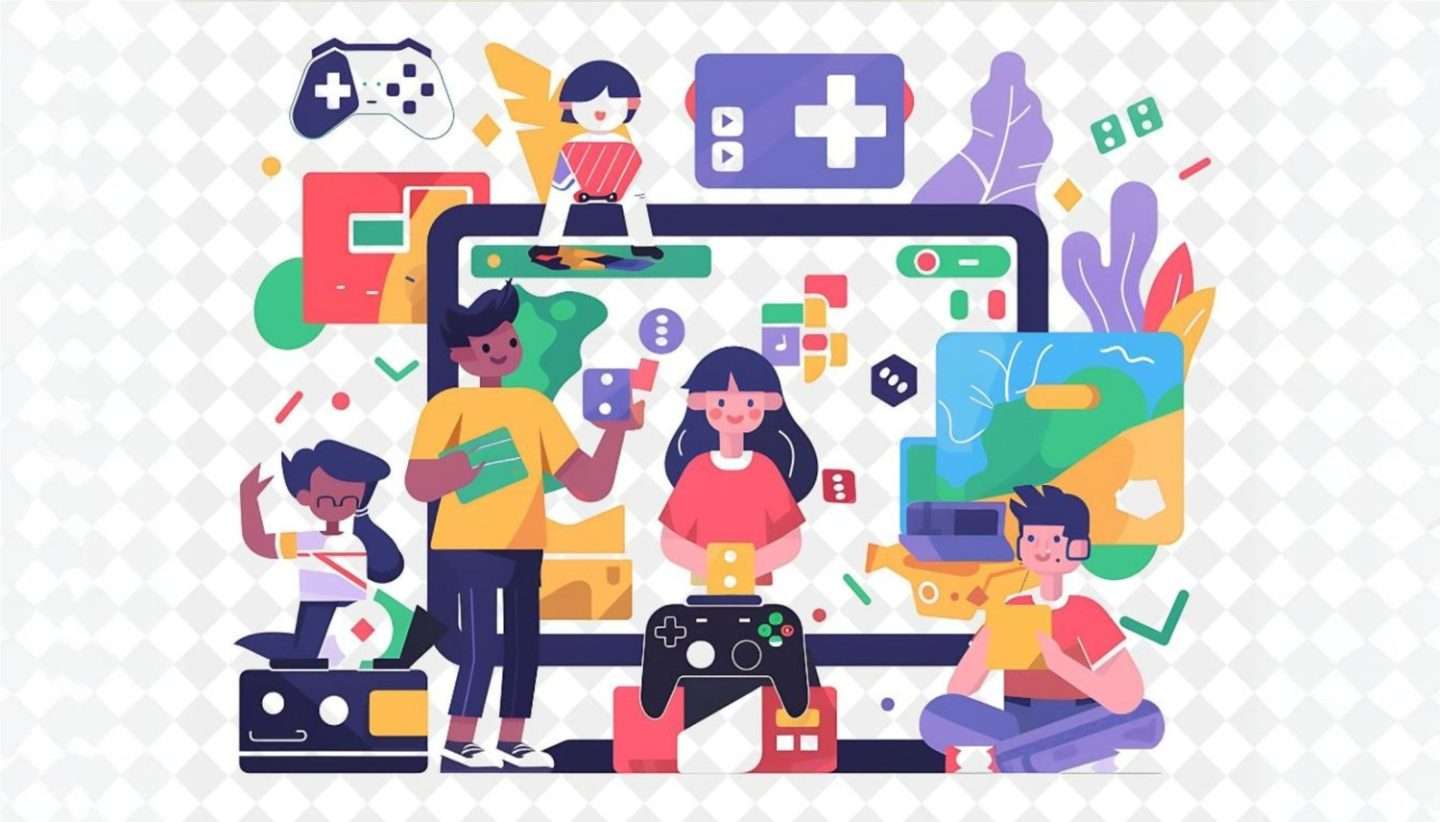
Gamification has emerged as a powerful strategy to enhance student engagement and motivation in educational settings. By incorporating game design elements into learning activities, educators can create an environment that encourages participation and fosters a sense of achievement. In 2024, gamified learning platforms are expected to become even more prevalent, offering students a playful yet structured approach to mastering various subjects. Elements such as points, badges, and leaderboards can instill a spirit of competition and collaboration among learners.
These interactive platforms not only make learning fun but also cater to diverse learning preferences. For example, students who may struggle with traditional assessments can thrive in a gamified environment, where they can demonstrate their understanding through interactive challenges and quests. This approach allows educators to assess learning outcomes in a more holistic manner, moving beyond standardized testing to capture a wider range of student abilities.
Additionally, gamification can promote critical thinking and problem-solving skills. Many gamified learning experiences are designed around real-world scenarios that require students to think critically and make decisions. This aligns with the growing emphasis on developing 21st-century skills, preparing students to navigate complex challenges in their future careers. As gamification continues to evolve, educational institutions must embrace this trend to create engaging and effective learning environments.
Personalized Learning and Adaptive Technologies

Personalized learning is becoming a cornerstone of modern education, driven largely by advancements in adaptive technologies. These platforms utilize data analytics and machine learning algorithms to tailor educational experiences to individual student needs. In 2024, institutions are increasingly adopting personalized learning approaches that empower students to take ownership of their education. By allowing learners to progress at their own pace and focus on areas where they need improvement, these technologies cater to diverse learning styles and preferences.
Adaptive learning technologies also provide educators with valuable insights into student performance. By analyzing data on individual progress, these systems can help teachers identify students who may require additional support or enrichment. This proactive approach allows for timely interventions, ensuring that no student falls behind. Furthermore, it enables educators to create more targeted lesson plans that address the unique challenges and strengths of each learner.
As personalized learning continues to gain traction, institutions must prioritize professional development for educators. Teachers will need to become adept at using adaptive technologies to maximize their effectiveness in the classroom. By equipping educators with the necessary skills and knowledge, institutions can create a collaborative learning environment where personalized education is not just a trend but a sustainable practice that enhances student success.
The Role of Blockchain and Decentralized Learning Systems
In the realm of education, blockchain technology is emerging as a game-changer. By providing a secure and transparent way to manage educational credentials, blockchain can streamline processes such as credential verification and transcript management. In 2024, institutions are likely to explore decentralized learning systems that leverage blockchain to enhance the integrity and accessibility of educational records. This technology ensures that student achievements are securely stored and easily verifiable by employers and educational institutions alike.
Moreover, blockchain can facilitate the creation of decentralized platforms for learning and collaboration. These platforms can connect learners from different backgrounds and locations, fostering a global learning community. By breaking down geographical barriers, institutions can offer students access to a broader range of resources and expertise. This shift toward decentralized education not only democratizes learning opportunities but also encourages collaboration and innovation among learners.
Finally, the use of blockchain in education can promote lifelong learning. With a secure record of skills and achievements, individuals can easily showcase their credentials to potential employers, enhancing their career prospects. As the job market evolves, the ability to demonstrate competencies through verified records becomes increasingly valuable. By embracing blockchain technology, educational institutions can prepare students for a future where continuous learning and adaptability are essential.
EdTech Tools for Collaboration and Communication
Effective communication and collaboration are vital components of a successful educational environment. In 2024, institutions are expected to leverage a variety of EdTech tools that facilitate these aspects of learning. Platforms such as discussion forums, video conferencing tools, and collaborative document editing software are becoming integral to the educational experience. By using these tools, students can engage with their peers and instructors in meaningful ways, regardless of their physical location.
Moreover, these collaboration tools can enhance group projects and peer-to-peer learning. For instance, students can work together on shared documents in real-time, providing feedback and suggestions as they progress. This collaborative approach not only fosters teamwork but also encourages the exchange of diverse ideas and perspectives. As students learn to work effectively in groups, they develop essential skills that are highly valued in the workplace.
Additionally, effective communication tools can help bridge the gap between educators and students. With instant messaging applications and forums, students can easily reach out with questions or concerns. This open line of communication fosters a supportive learning environment where students feel comfortable seeking help when needed. As institutions continue to embrace these EdTech tools, the educational experience will become more interactive, inclusive, and responsive to the needs of all learners.
Conclusion: The Future of Education Technology
As we approach 2024, the future of education technology holds immense potential for transforming the learning experience. By embracing innovations such as artificial intelligence, virtual and augmented reality, and personalized learning platforms, educational institutions can create dynamic environments that engage and inspire students. The integration of these technologies not only enhances academic outcomes but also prepares learners for the challenges and opportunities of the modern world.
Moreover, the emphasis on collaboration, communication, and mental wellness in educational settings underscores the importance of a holistic approach to learning. By prioritizing the emotional and social aspects of education, institutions can cultivate well-rounded individuals who are equipped to thrive in an interconnected society. The incorporation of blockchain technology further enhances the integrity and accessibility of educational credentials, empowering students to showcase their skills in a rapidly evolving job market.
In conclusion, the landscape of education technology is continuously evolving, and institutions must remain agile and responsive to these changes. By staying informed about emerging trends and embracing innovative tools, educational leaders can create enriching experiences that not only foster academic success but also nurture the next generation of thinkers, innovators, and leaders. The future of education technology is bright, and its potential to revolutionize learning is limitless.

